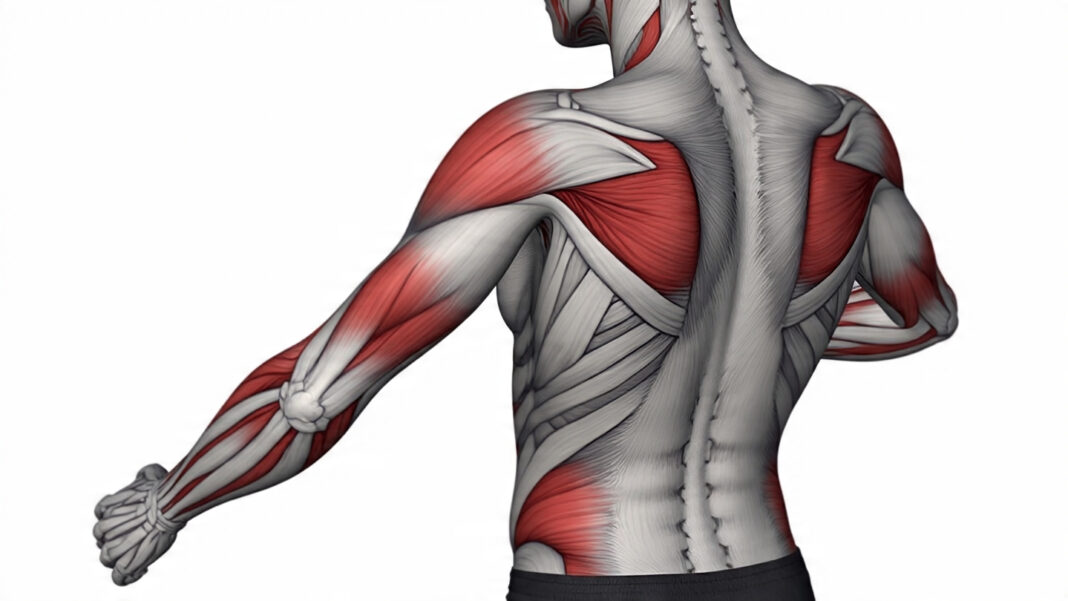Inomyalgia is a growing term used to describe chronic muscle pain that doesn’t go away with simple rest or short-term treatment. While it is not yet officially recognized in medical textbooks, more people online use “inomyalgia” to describe symptoms that overlap with fibromyalgia, myalgia, and long-lasting muscle soreness.
Living with this type of chronic pain can affect not just the body but also mental health, sleep, and overall quality of life. This guide explains what inomyalgia is, its causes, symptoms, treatments, and practical strategies for managing it daily.
What Is Inomyalgia?
Inomyalgia is best understood as a form of persistent muscle pain that lasts for weeks or months, unlike common muscle aches that heal quickly.
- General muscle aches: Usually improve within days with rest.
- Inomyalgia: Pain continues for a long period and often has deeper causes.
It shares similarities with:
- Fibromyalgia – widespread pain, fatigue, “fibro fog.”
- Chronic myalgia – muscle discomfort linked to infection, autoimmune issues, or medication.
- Myofascial pain syndrome – localized pain caused by muscle trigger points.
Possible Causes of Inomyalgia
There is no single cause, but common triggers include:
- Muscle overuse or strain: Repetitive movements, posture problems, or heavy exercise.
- Infections: Viral or bacterial illnesses like flu or Lyme disease can trigger long-lasting pain.
- Autoimmune conditions: Disorders such as lupus or polymyositis attack muscle tissue.
- Medication side effects: Statins and some other drugs can cause muscle pain.
- Nutrient deficiencies: Low vitamin D, magnesium, or potassium increase risk.
- Poor sleep and stress: Lack of rest and high cortisol levels worsen muscle sensitivity.
Symptoms of Inomyalgia
Typical symptoms reported include:
- Widespread or localized muscle soreness
- Tender points and stiffness, especially in the morning
- Fatigue and low energy
- Poor or non-restorative sleep
- Mood changes like anxiety or depression
- Headaches or nerve sensitivity
How Doctors Diagnose Inomyalgia?
Because there is no single test, diagnosis relies on:
- Medical history – reviewing duration and type of muscle pain.
- Physical exam – checking tender points, strength, and mobility.
- Excluding other conditions – testing for thyroid problems, lupus, or fibromyalgia.
- Blood tests & imaging – to rule out vitamin deficiencies or structural issues.
- Pain journals – tracking triggers, frequency, and severity.
Treatment Options for Inomyalgia
There is no single cure, but several approaches can help reduce symptoms:
1. Lifestyle Changes
- Gentle stretching and posture correction
- Low-impact exercise (walking, swimming, yoga)
- Consistent sleep routine
2. Medications
- OTC pain relievers (acetaminophen, ibuprofen)
- NSAIDs for inflammation
- Antidepressants or nerve pain medications for chronic pain control
3. Therapy Options
- Physical therapy to restore movement
- Massage therapy to improve blood flow and release tension
4. Nutrition & Supplements
- Vitamin D, magnesium, and omega-3 fatty acids
- Anti-inflammatory diet with fruits, vegetables, and whole grains
5. Mind-Body Approaches
- Meditation and relaxation breathing
- Cognitive Behavioral Therapy (CBT) for coping with chronic pain
Daily Management Tips
Living with inomyalgia requires long-term strategies:
- Hydration & balanced diet – reduce cramps and fatigue.
- Ergonomic adjustments – use supportive chairs, adjust workstations.
- Stress management – journaling, mindfulness, and relaxation techniques.
- Pain tracking – use a journal or app to identify patterns and triggers.
Inomyalgia vs Fibromyalgia
Although similar, there are differences:
- Fibromyalgia: More recognized, involves widespread pain and cognitive issues (“fibro fog”).
- Inomyalgia: Focuses mainly on muscle pain without strong neurological symptoms.
Both conditions affect sleep, energy, and mood — but accurate diagnosis ensures targeted treatment.
Prevention Tips
You may not be able to avoid inomyalgia entirely, but habits that lower risk include:
- Warming up and stretching before exercise
- Maintaining good posture
- Sleeping 7–9 hours per night
- Eating nutrient-rich foods and staying hydrated
When to See a Doctor?
Seek medical help if you experience:
- Severe or unexplained pain and swelling
- Pain with fever, rash, or weight loss
- Muscle discomfort lasting more than 2–3 weeks
Conclusion
Inomyalgia may not yet be fully recognized in medical literature, but its symptoms are real and life-impacting. By understanding causes, recognizing symptoms, and using a mix of lifestyle changes, medical support, and self-care, people can manage pain more effectively.
For those living with chronic muscle pain, early recognition and consistent management are key to improving quality of life.

